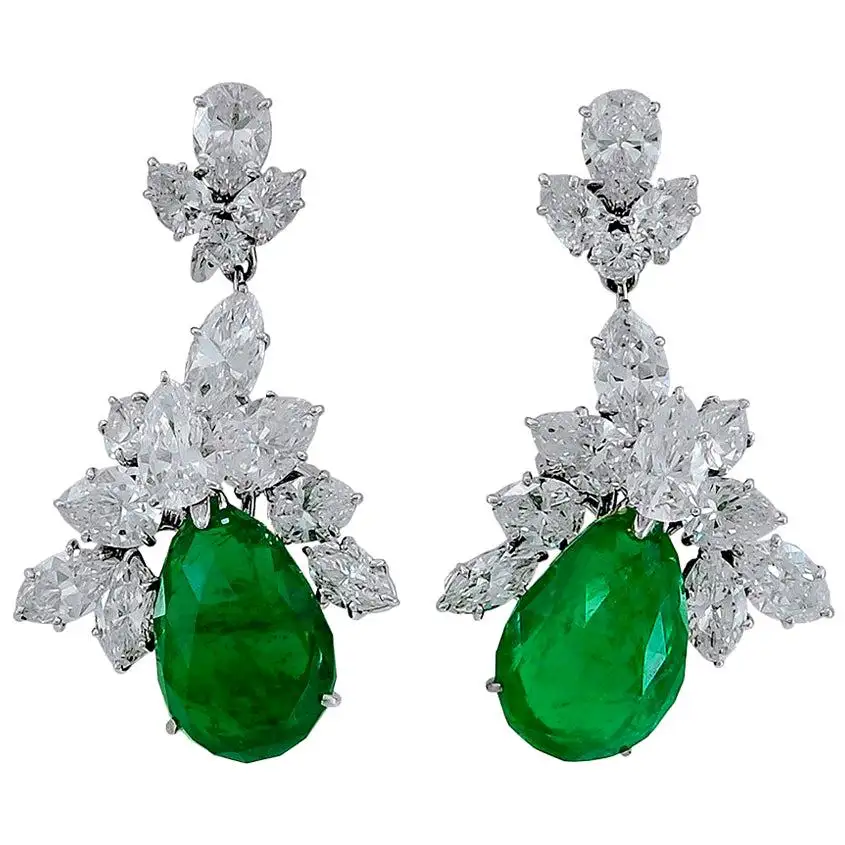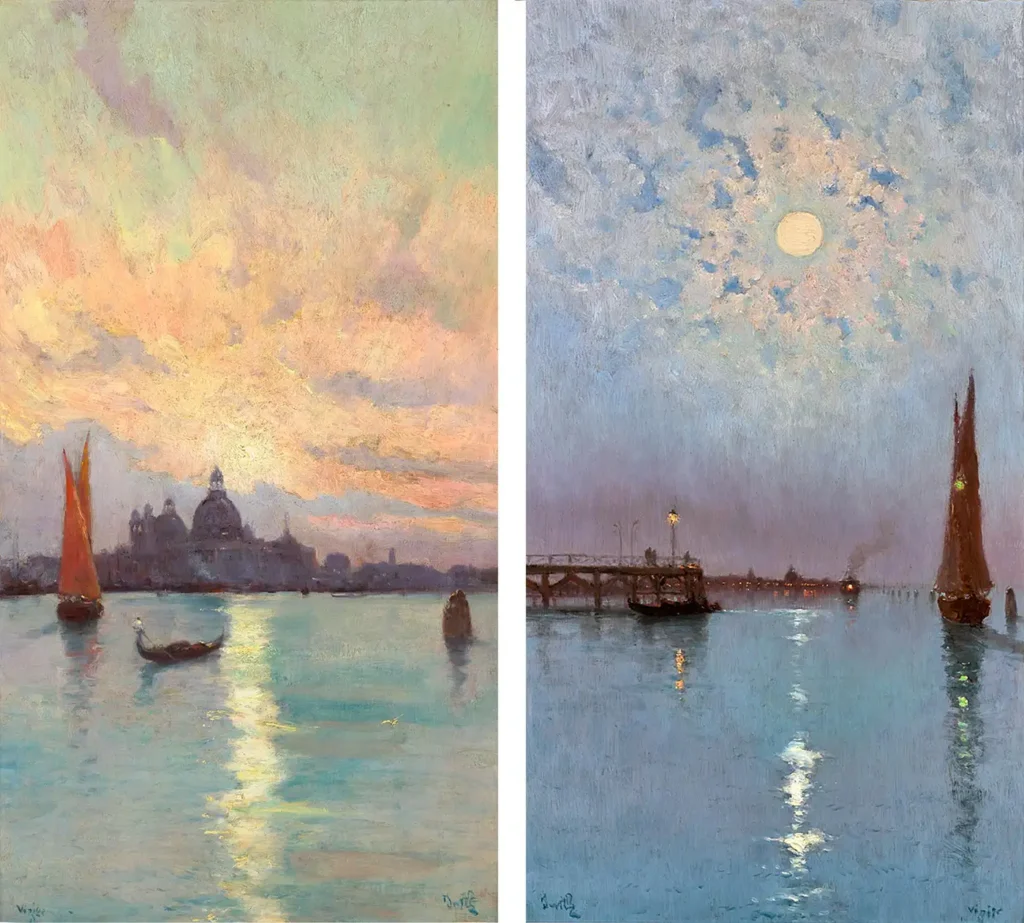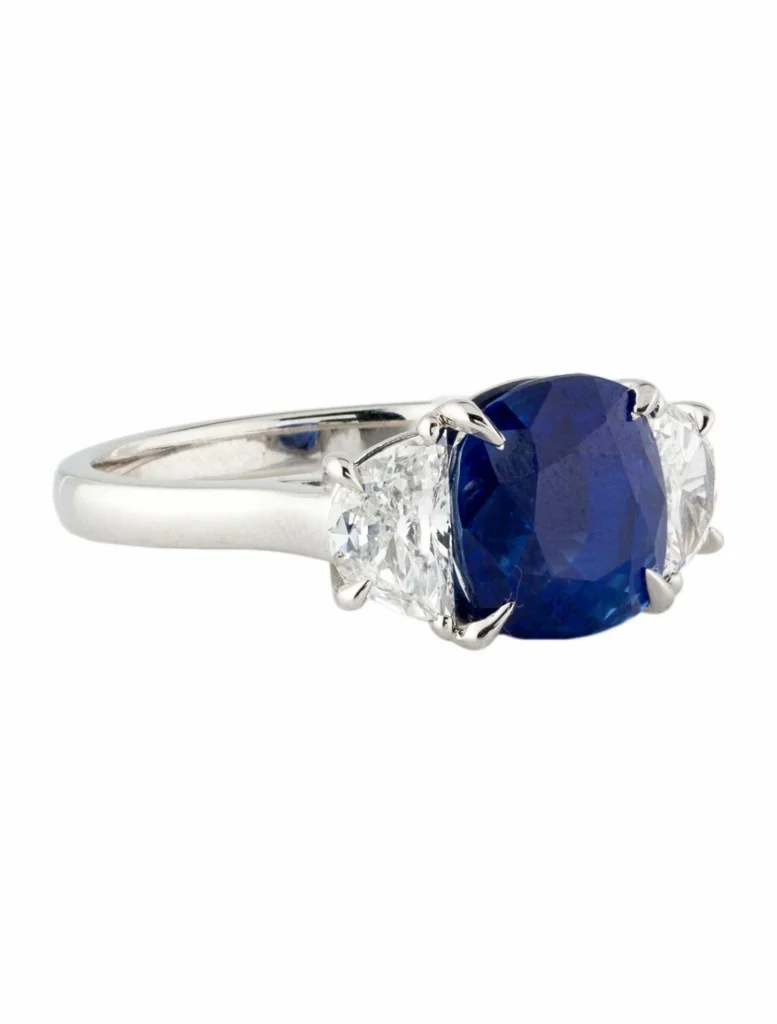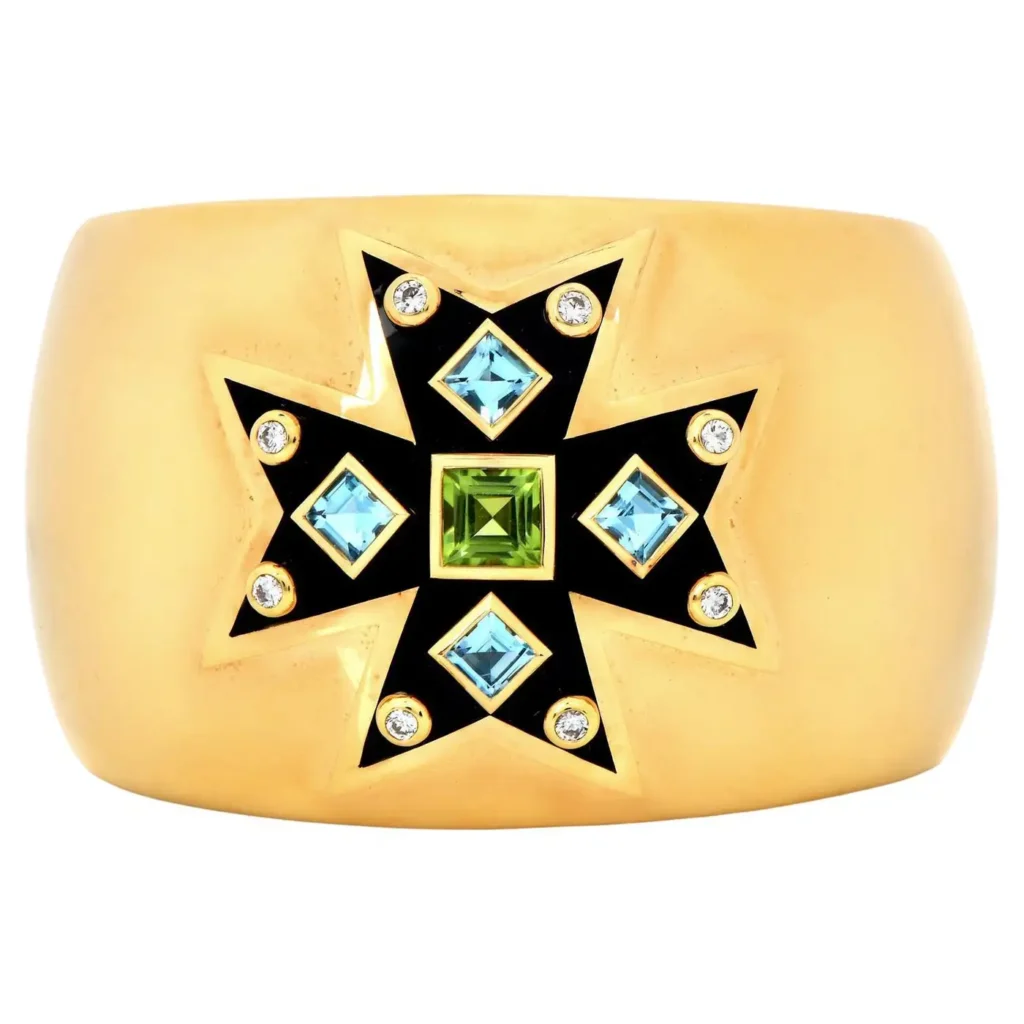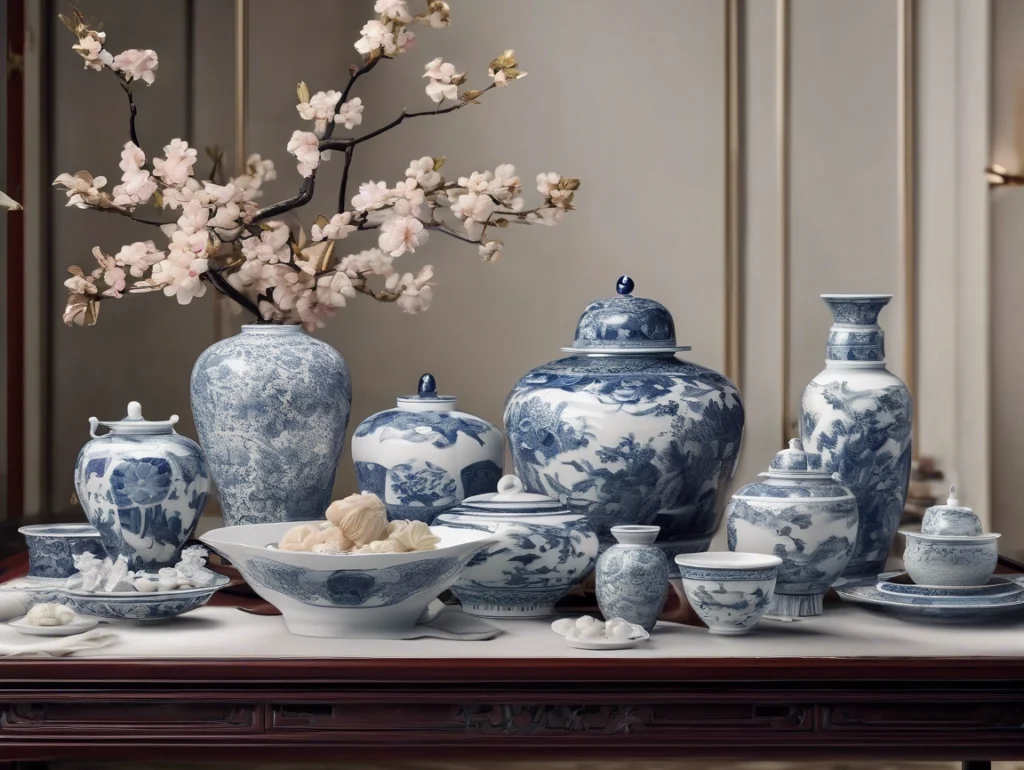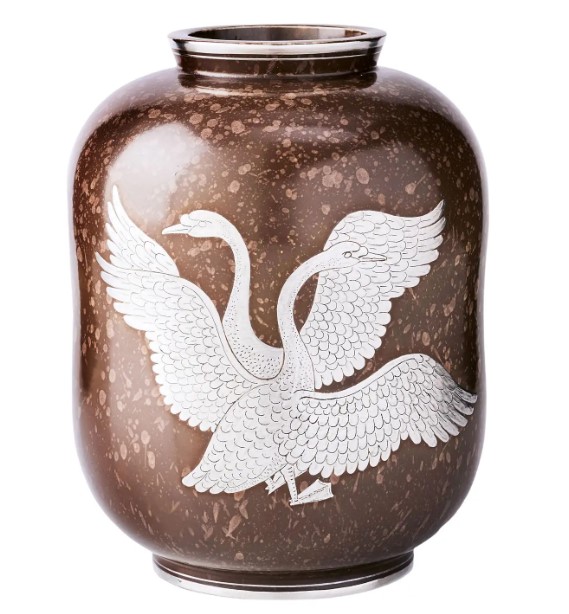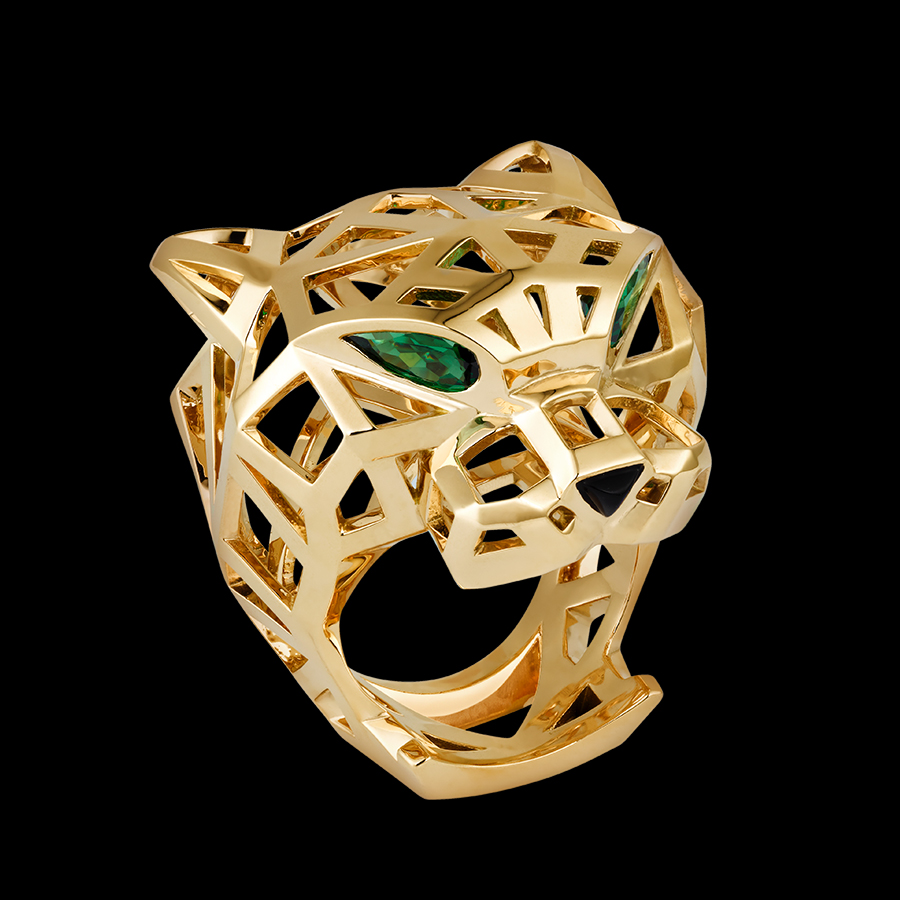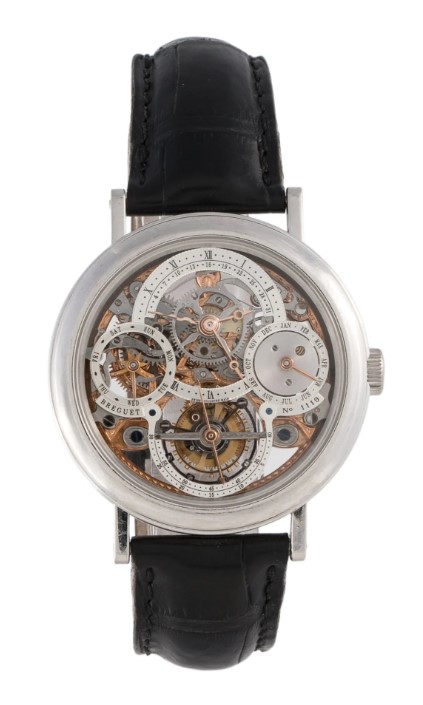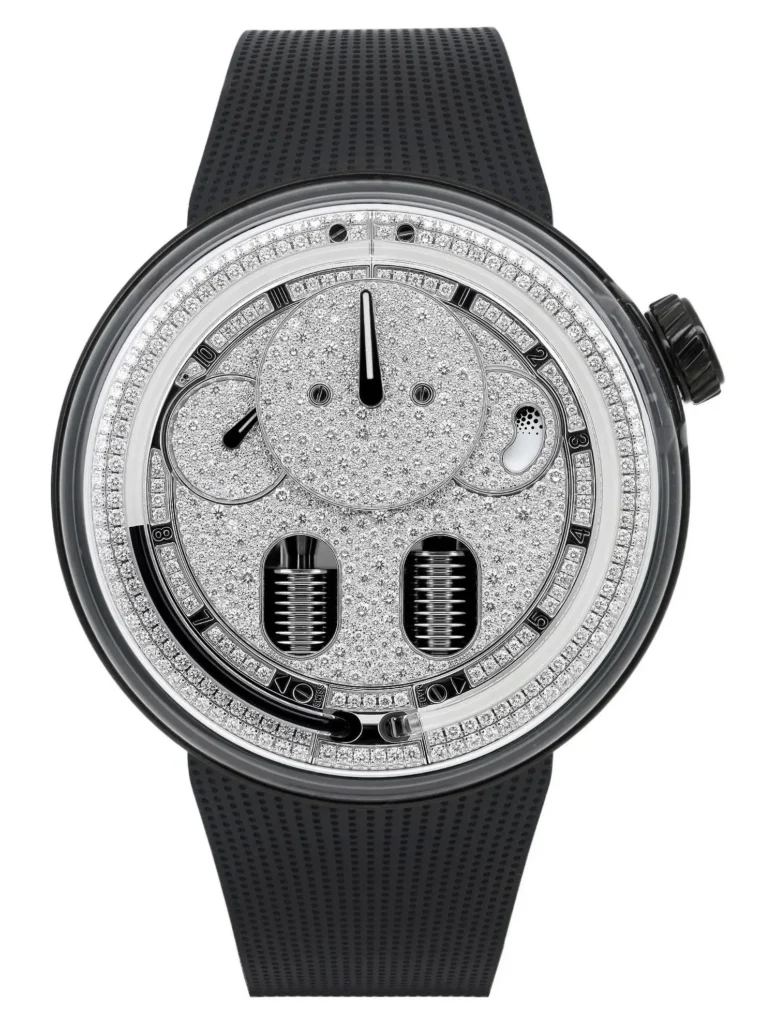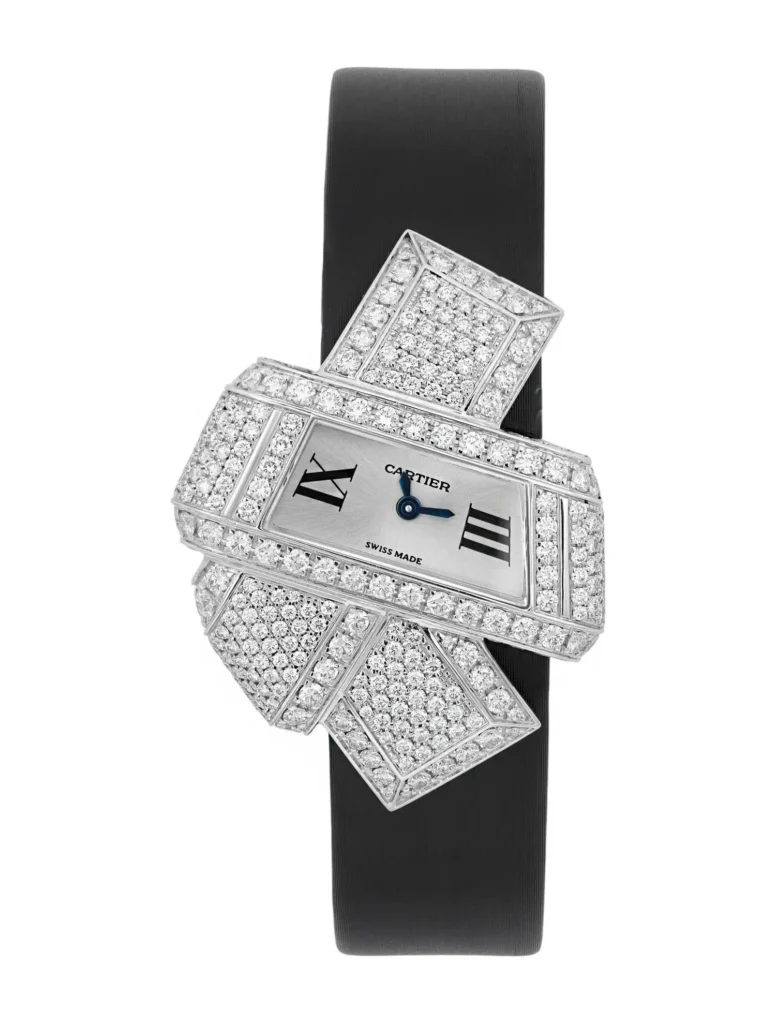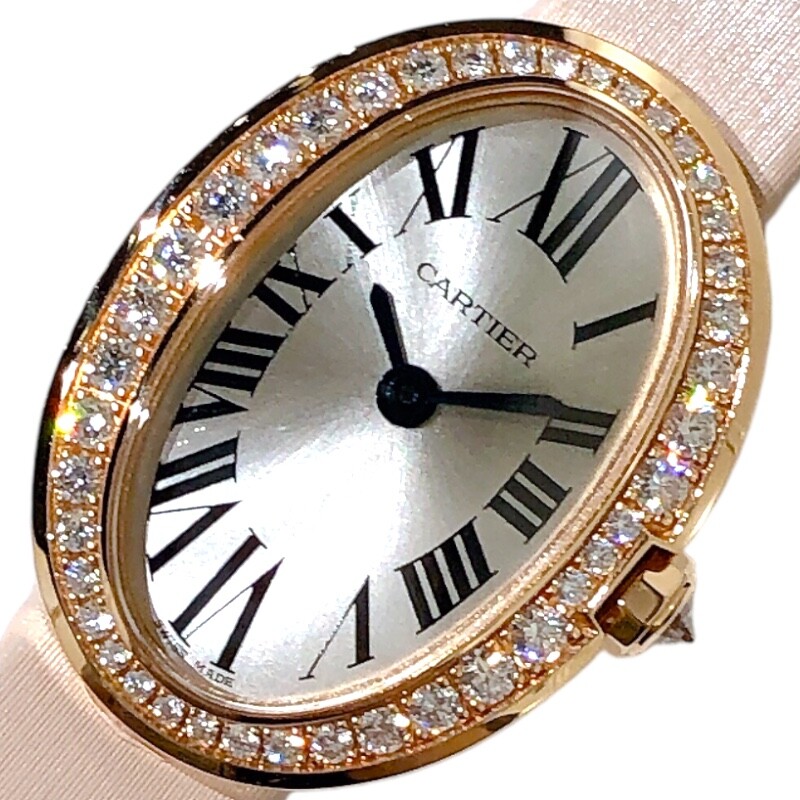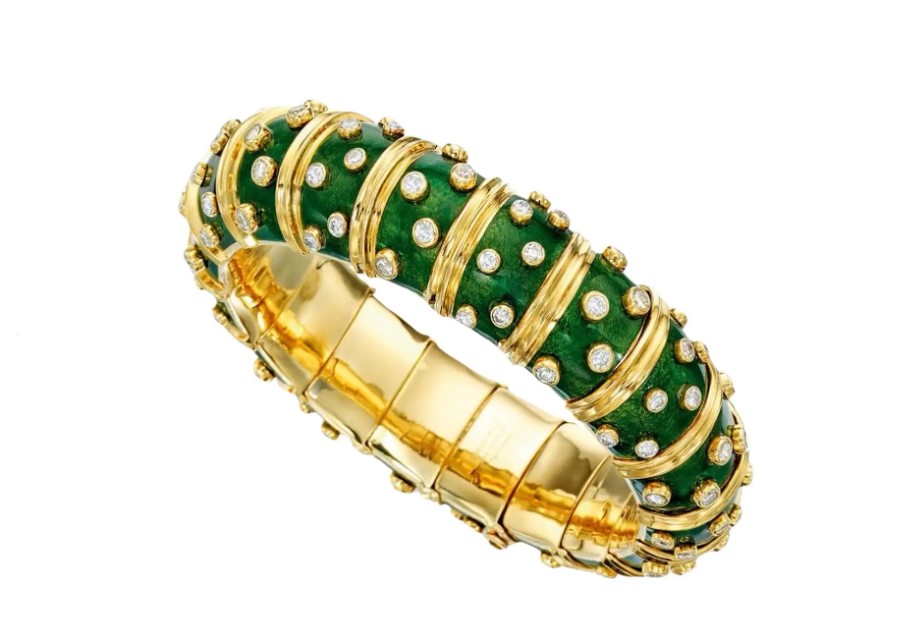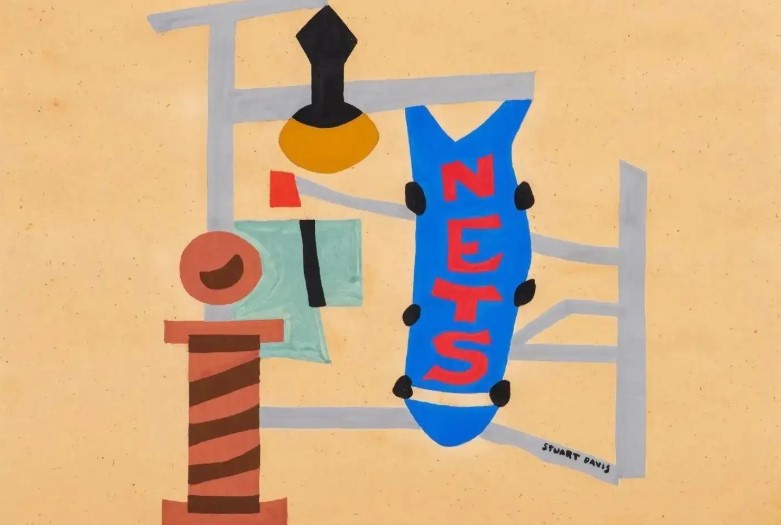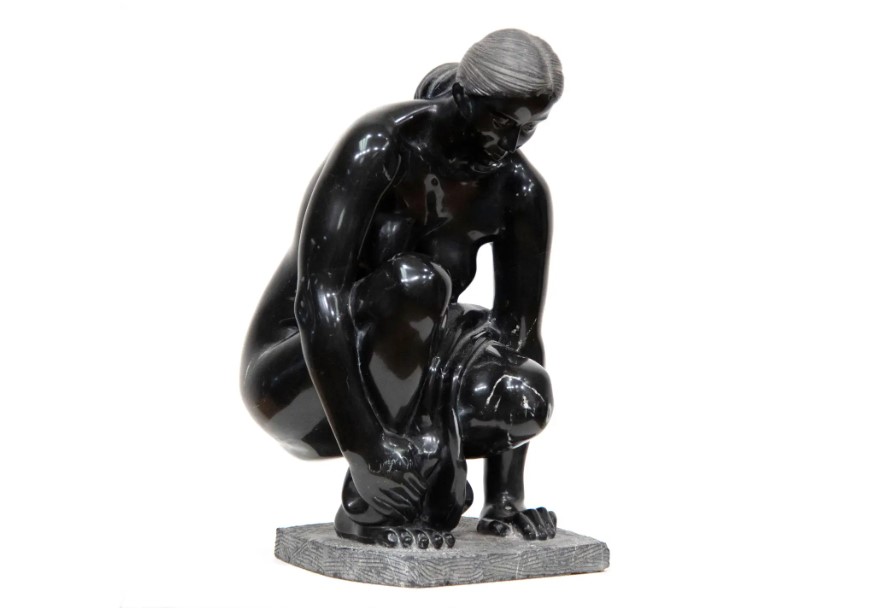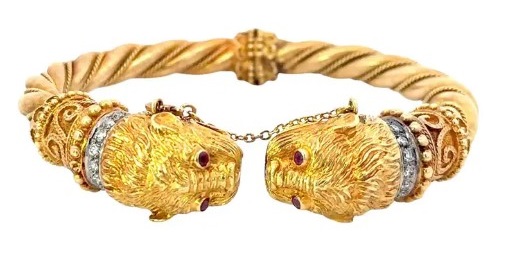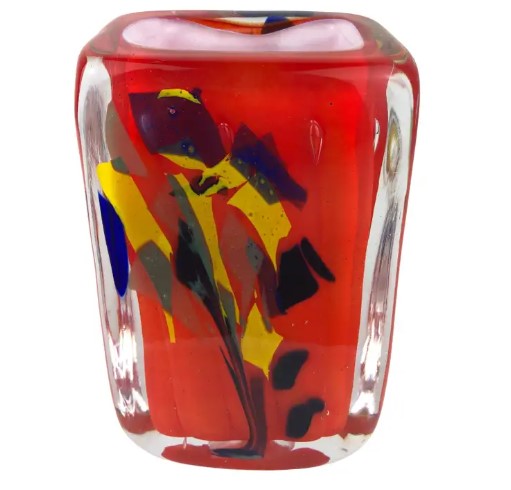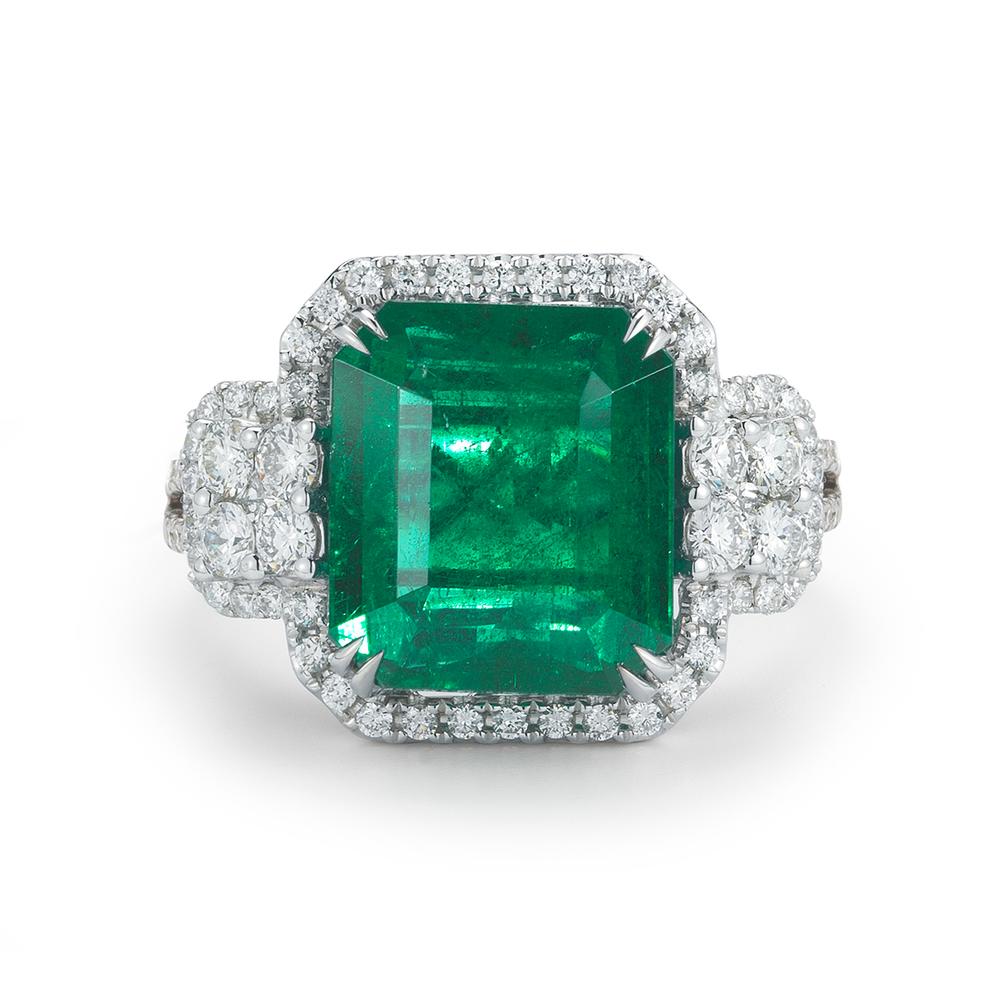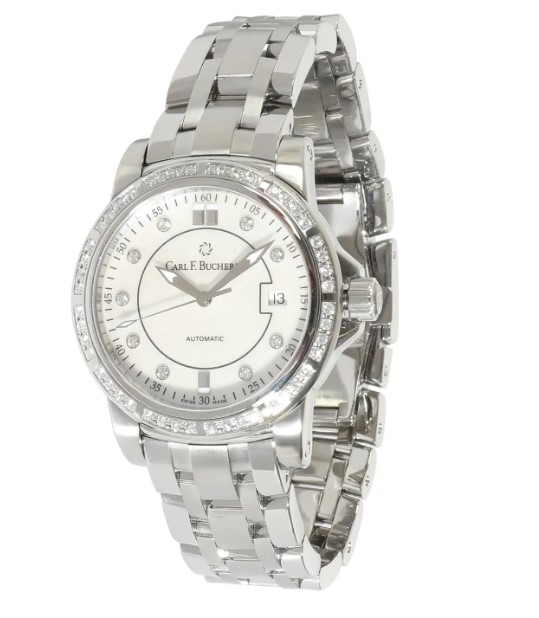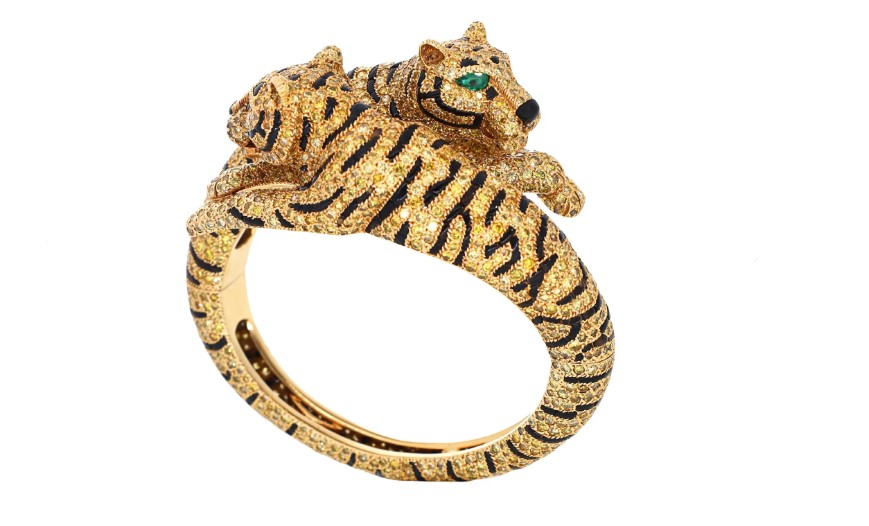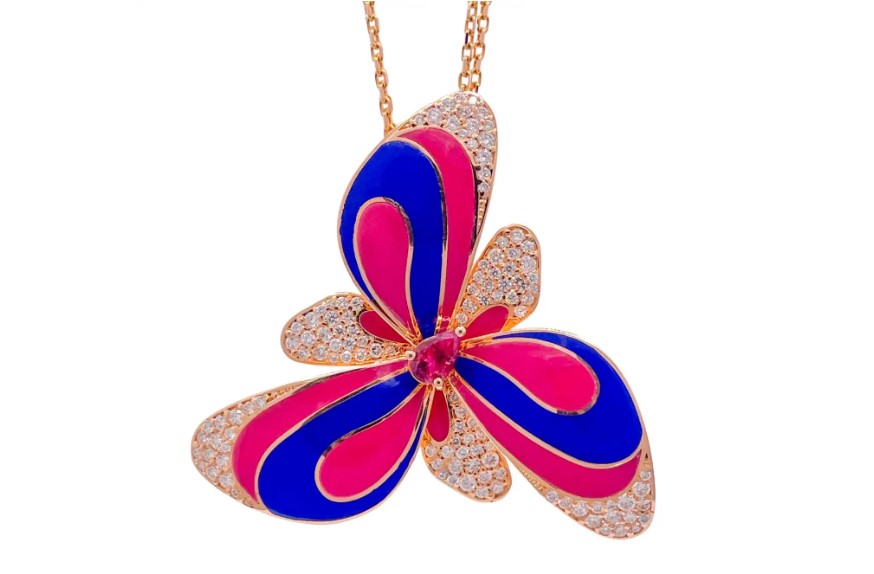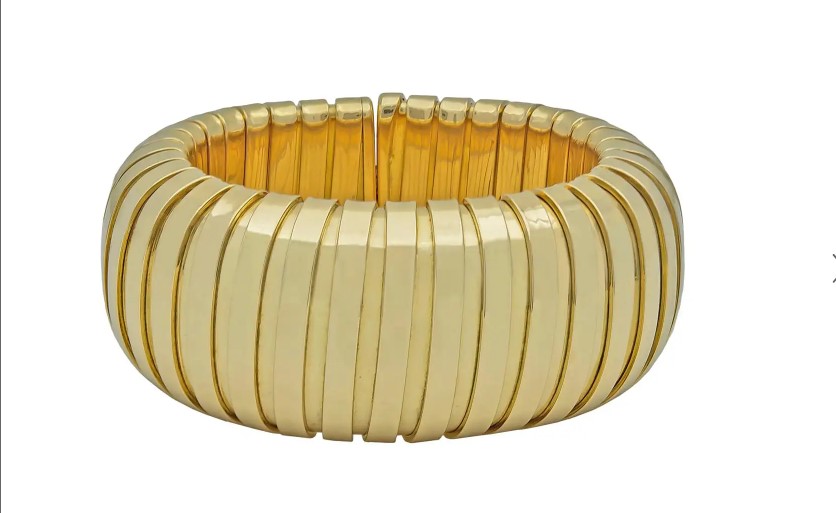Fine Art
Faberge Clocks
SHARE
Faberge clocks are a true treasure, not only for their exquisite beauty and intricate craftsmanship but also for the stories they hold. Peter Carl Faberge is known as the maker of the most beautiful Easter eggs for Tsar Alexander III and Tsar Nicholas II between 1885 and 1917, but his craftsmanship extends far beyond egg-making. It includes some of the most remarkable jewelry and decorative objects in the world made for the most prominent people of the times. Among these are the Faberge clocks.
Faberge clocks have a unique value in the world of horology. They are pieces of exceptional quality, composed of the highest-grade materials and designed with stunning craftsmanship. The attention to detail, elaborate enameling, and precise movements are what make Faberge clocks so valuable. The value is further enhanced by the clock’s rarity as not many Faberge clocks were ever produced, making them highly sought after items by collectors around the world.
Faberge clocks come in a wide range of designs that range from small tabletop items to grand clocks that can even weigh more than a tonne. Some designs incorporate precious gemstones, while others feature elaborate enameling that tells a story. The designs explore the natural world, classical literature, and historical events. The range is extensive, and each piece tells its unique story.
Beyond the craftsmanship, Faberge clocks hold significant historical value. They stand as a testament to the opulence and grandeur of the Russian Tsarist era. Peter Carl Faberge was not only a remarkable craftsman but also a shrewd businessman. Because of his impeccable craft and intricate design work, he was able to capitalize on expensive, collectible items that could bring him a tidy sum. The creation of Faberge clocks was a logical extension of his success with jewelry and egg-making, which he made into a booming business.
The historic value of Faberge clocks is further enriched by the many tales and legends that surround them. For example, one of Peter Carl Faberge’s most distinctive creations is the Catherine the Great Egg clock. A beautiful miniature clock made of gold and covered in diamonds, decorated with two miniature portraits of Catherine the Great. This remarkable timepiece was long lost, and many historians assumed it was lost to history; however, it resurfaced in 2002. The clock was being sold at a flea market in the midwest of the USA for $14,000 after it was purchased for only $30 in a scrap gold deal by an unidentified person. It later went under auction sale in London at the Sotheby’s for a staggering $15 million.
One cannot put a straightforward price tag on Faberge clocks. The value of these items tends to increase with time. As they exchange hands, their worth is subject to the economic forces of supply and demand. However, the true worth of Faberge clocks is in their aesthetic beauty, historic significance, and the dedication and expertise required to create them. Owning a Faberge clock is like owning a piece of history and is a testament to the skill, talent, and craftsmanship of one of the greatest makers in the world, Peter Carl Faberge.
In conclusion, Faberge clocks are not just fancy timekeepers; they are valuable art pieces that fuse art, history, and culture into one beautiful object. These exceptional creations are rarely available on the market, making them highly sought after in the world of horology, fine art, and history. Whether it’s an exquisite tabletop clock or a grand chiming clock that stands tall in a room, a Faberge clock is a unique work of art that will turn heads and fascinate anyone who admires it. A masterpiece from the past, commanding a top spot in the history of decorative arts.
Faberge clocks have a unique value in the world of horology. They are pieces of exceptional quality, composed of the highest-grade materials and designed with stunning craftsmanship. The attention to detail, elaborate enameling, and precise movements are what make Faberge clocks so valuable. The value is further enhanced by the clock’s rarity as not many Faberge clocks were ever produced, making them highly sought after items by collectors around the world.
Faberge clocks come in a wide range of designs that range from small tabletop items to grand clocks that can even weigh more than a tonne. Some designs incorporate precious gemstones, while others feature elaborate enameling that tells a story. The designs explore the natural world, classical literature, and historical events. The range is extensive, and each piece tells its unique story.
Beyond the craftsmanship, Faberge clocks hold significant historical value. They stand as a testament to the opulence and grandeur of the Russian Tsarist era. Peter Carl Faberge was not only a remarkable craftsman but also a shrewd businessman. Because of his impeccable craft and intricate design work, he was able to capitalize on expensive, collectible items that could bring him a tidy sum. The creation of Faberge clocks was a logical extension of his success with jewelry and egg-making, which he made into a booming business.
The historic value of Faberge clocks is further enriched by the many tales and legends that surround them. For example, one of Peter Carl Faberge’s most distinctive creations is the Catherine the Great Egg clock. A beautiful miniature clock made of gold and covered in diamonds, decorated with two miniature portraits of Catherine the Great. This remarkable timepiece was long lost, and many historians assumed it was lost to history; however, it resurfaced in 2002. The clock was being sold at a flea market in the midwest of the USA for $14,000 after it was purchased for only $30 in a scrap gold deal by an unidentified person. It later went under auction sale in London at the Sotheby’s for a staggering $15 million.
One cannot put a straightforward price tag on Faberge clocks. The value of these items tends to increase with time. As they exchange hands, their worth is subject to the economic forces of supply and demand. However, the true worth of Faberge clocks is in their aesthetic beauty, historic significance, and the dedication and expertise required to create them. Owning a Faberge clock is like owning a piece of history and is a testament to the skill, talent, and craftsmanship of one of the greatest makers in the world, Peter Carl Faberge.
In conclusion, Faberge clocks are not just fancy timekeepers; they are valuable art pieces that fuse art, history, and culture into one beautiful object. These exceptional creations are rarely available on the market, making them highly sought after in the world of horology, fine art, and history. Whether it’s an exquisite tabletop clock or a grand chiming clock that stands tall in a room, a Faberge clock is a unique work of art that will turn heads and fascinate anyone who admires it. A masterpiece from the past, commanding a top spot in the history of decorative arts.

